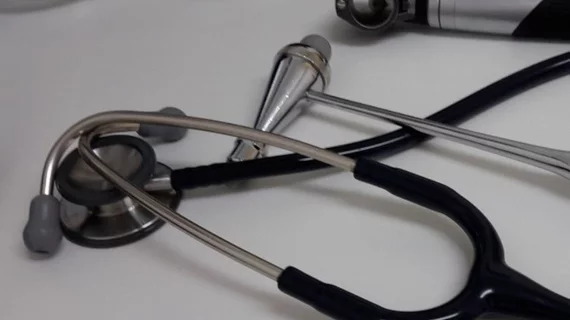Primary care providers have increasingly turned toward nurse practitioners (NPs) as demand for services increases, especially in rural areas and in states where restrictions on the scope of practice of NPs have been reduced.
The study was led by Hilary Barnes, PhD, MSN, APRN, an assistant professor at the University of Delaware’s school of nursing and published in the June issue of Health Affairs. Combining a commercial data set from SK&A with Area Health Resources Files to measure practices’ rural or non-rural status, Barnes and her coauthors found a “growing presence” of NPs in both areas.
Between 2008 and 2016, NPs increased from 17.6 percent of providers in rural areas to 25.2 percent. In non-rural areas, the increase was smaller but still significant, with the share of NPs making up 23 percent of the providers in 2016, up from 15.9 percent in 2008.
At the same time, the share of physicians declined, going from 69.4 percent to 60.5 percent of rural providers and decreasing from 75.2 percent to 66.3 percent in non-rural areas.
“NPs appear to be playing an increasing role in primary care across states and policy settings,” Barnes and her coauthors wrote. “As value-based care increases, practices and physicians should consider using interdisciplinary configurations of providers to optimize productivity and improve care delivery.”
The study also found more practices employed at least one NP over the study period. Between 2008 and 2016, their presence increased from 31.4 percent to 43.4 percent in rural practices and from 18.3 percent to 26.5 percent in non-rural practices.
A major factor in NP growth was state laws on their scope of practice. For rural providers in states where NPs have full scope of practice, 45.5 percent of practices employed NPs in 2016, up from 35 percent.
There was also growth among rural practices where NPs have reduced and restricted scopes of practice—and growth was actually the strongest among reduced scope-of-practice states, which the study surmised may be due to those laws allowing for “wider and more flexible use of NPs, making practices in states with these laws more willing to rely on NPs to meet growing patient needs.”
Growth in the NP ranks is likely to continue, as the number of licensed NPs has doubled in the past decade with the vast majority working in primary care. Policies restricting their scope of practice may continue to be a hurdle, however, as physician groups have pledged to oppose efforts to allow non-physicians to practice independently.

